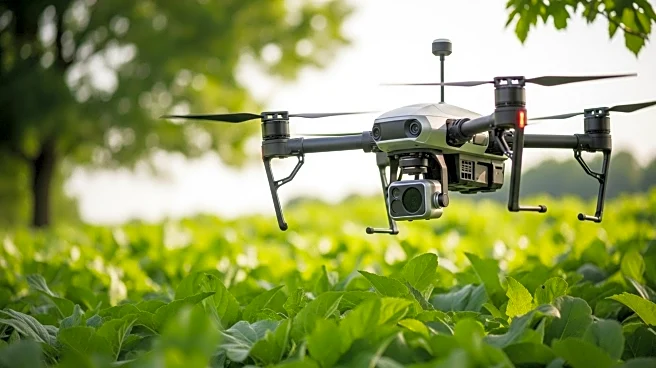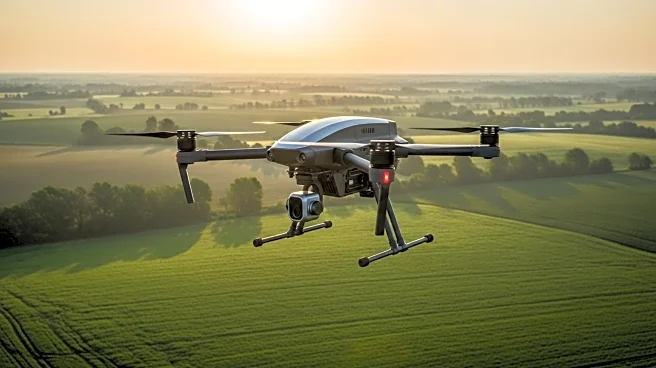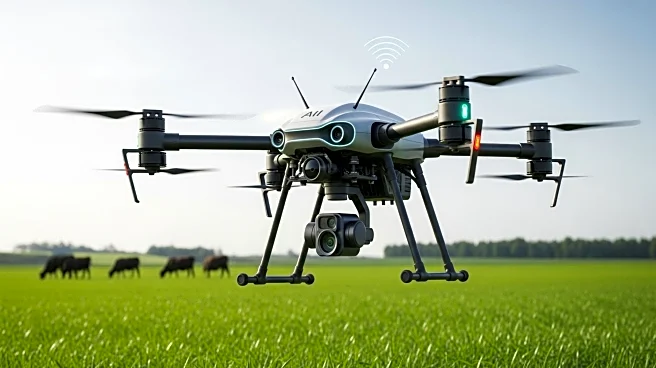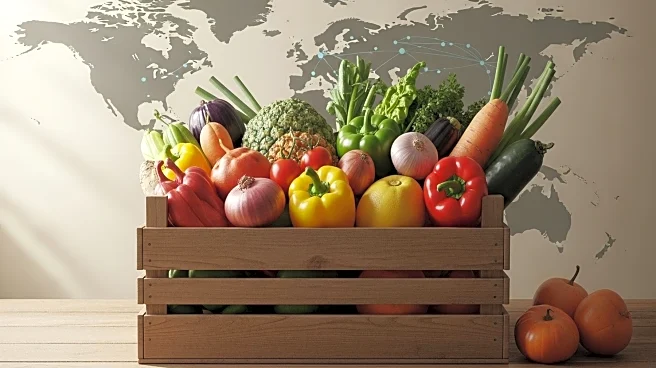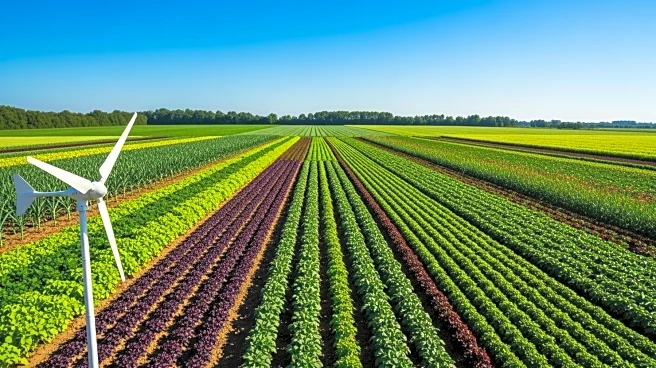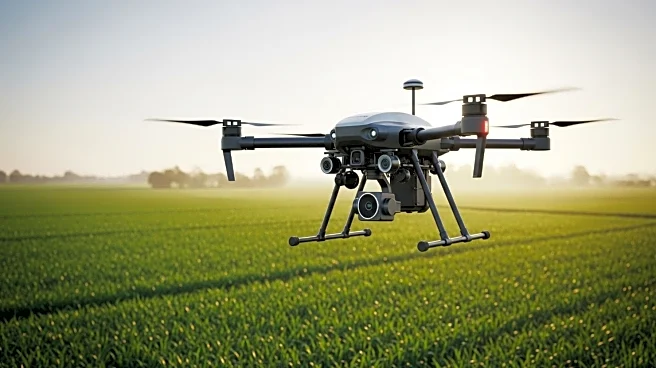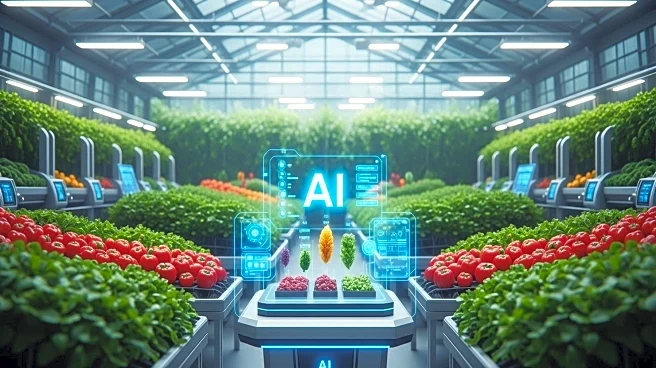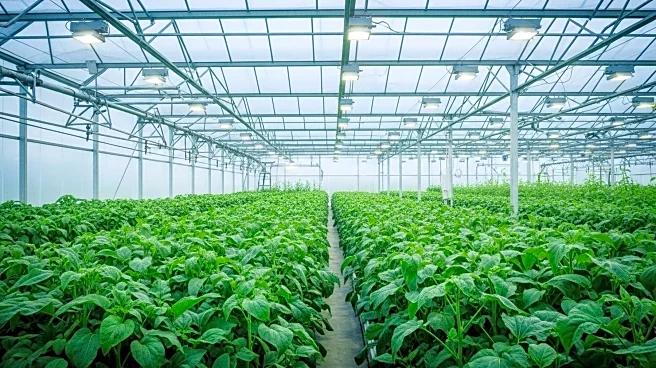What is the story about?
What's Happening?
Scientists at the University of Arkansas are utilizing artificial intelligence (AI) to advance agricultural research. AI models are being used to link genetic variations to disease outcomes and estimate gut maturity in livestock, providing insights into animal health and productivity. Rich Adams, an assistant professor of agricultural statistics, is integrating statistical learning and comparative biology to study genome structure and function changes over time. His research aims to better understand plant and insect interactions and predict evolutionary associations among traits. The team is also using machine learning to study protein diversity among plants, fungi, insects, and microbes, offering insights into organism interactions and their broader consequences.
Why It's Important?
The use of AI in agricultural research represents a significant advancement in the field, allowing scientists to handle complex data and uncover new insights into biological processes. This technology enhances the ability to predict and manage agricultural challenges, such as disease resistance and productivity improvements. By leveraging AI, researchers can develop more efficient and sustainable farming practices, which are crucial for meeting the growing food demands and addressing environmental concerns. The integration of AI in agriculture could lead to breakthroughs in crop and livestock management, ultimately benefiting farmers and the agricultural industry.
What's Next?
The research team at the University of Arkansas will continue to refine AI models and develop new methods to predict evolutionary associations among traits. The focus will be on expanding the application of AI in various agricultural contexts, including plant and insect interactions. As AI technology evolves, researchers will aim to enhance computational efficiency and ensure that models are tailored to specific biological problems. The ongoing collaboration between AI experts and agricultural scientists will be key to unlocking further potential in agricultural research.
AI Generated Content
Do you find this article useful?
